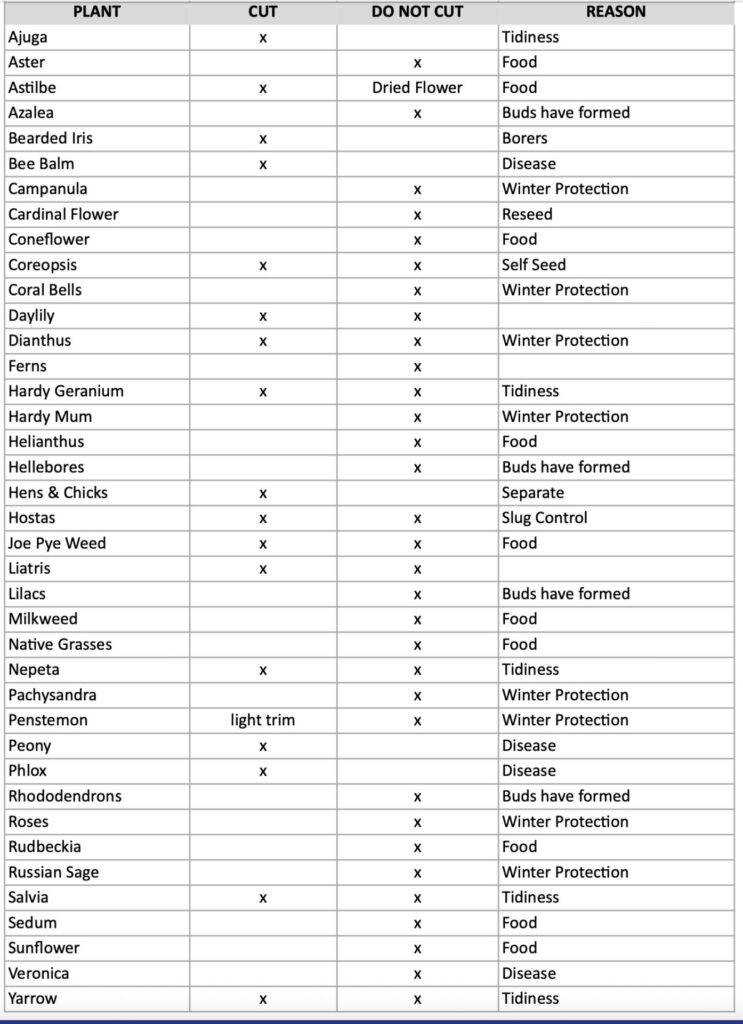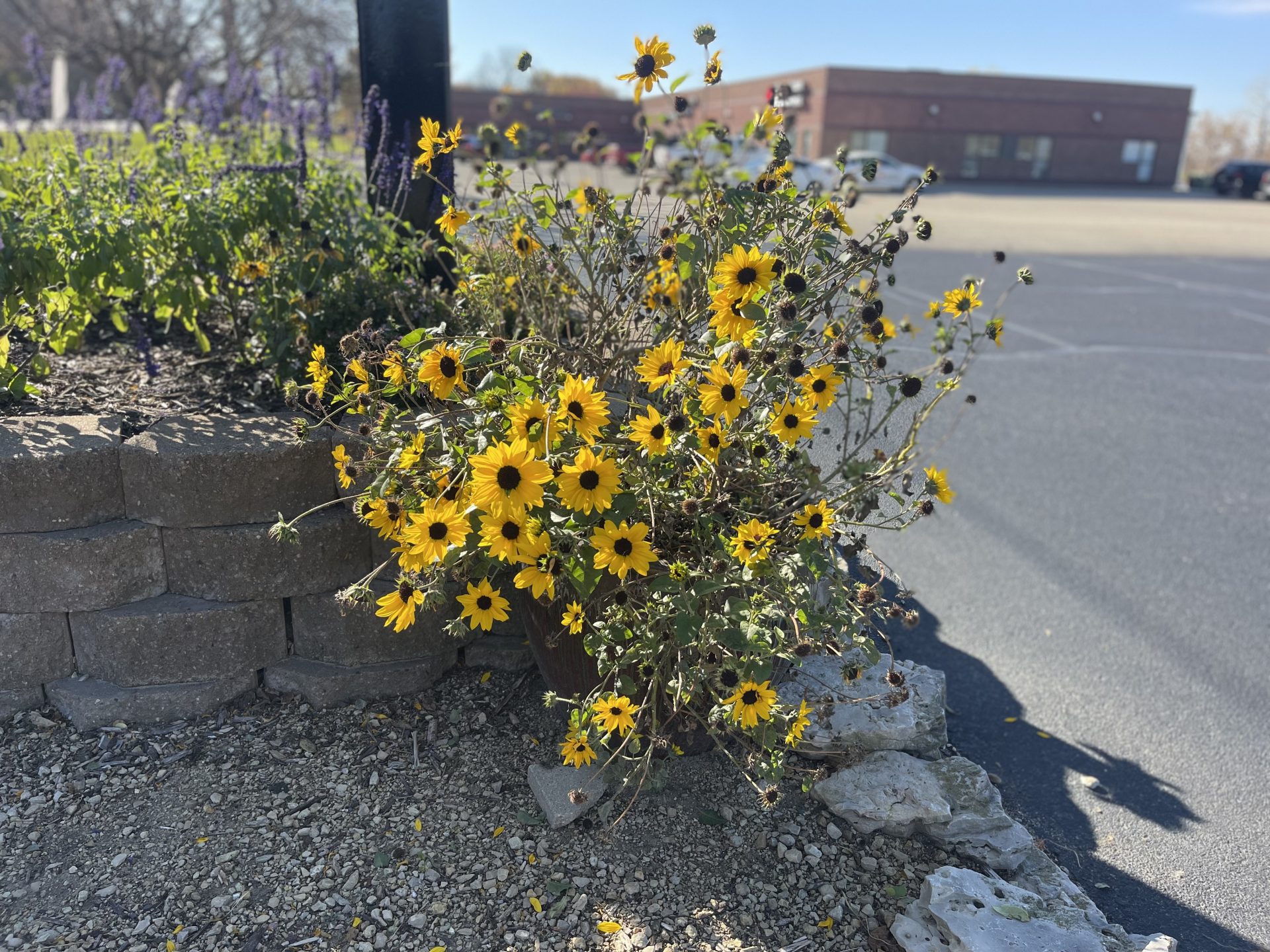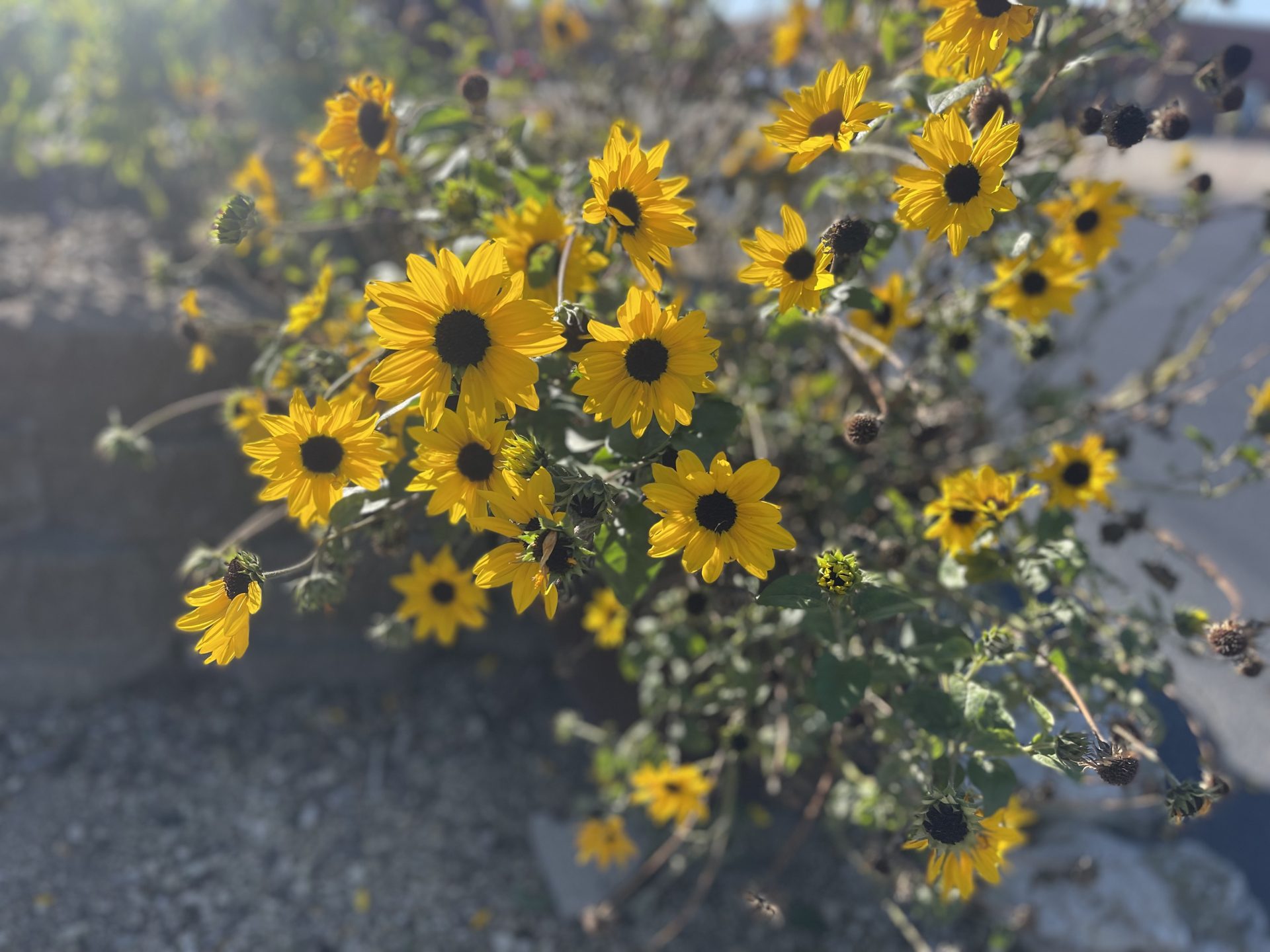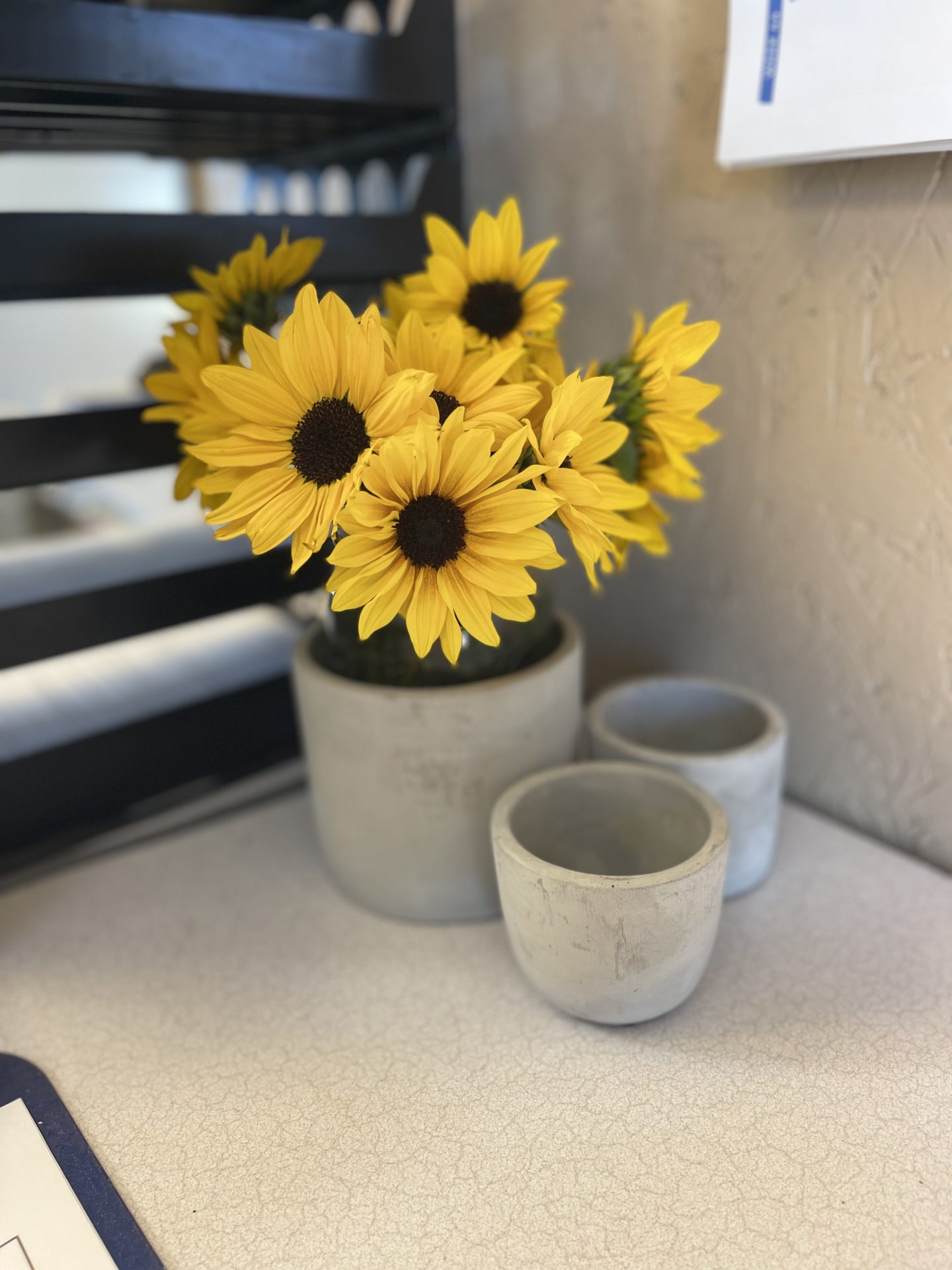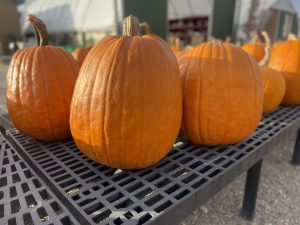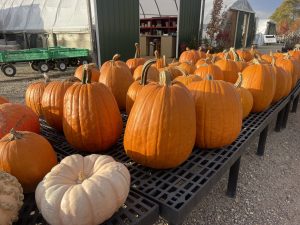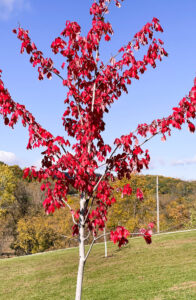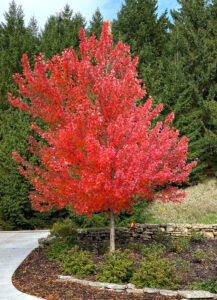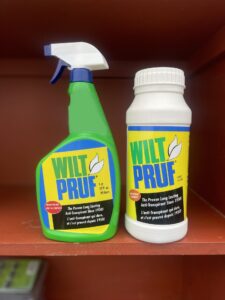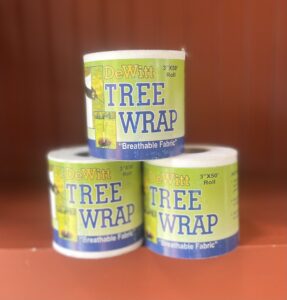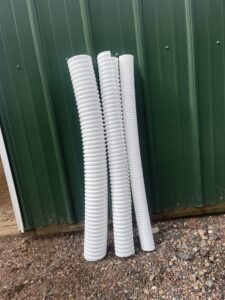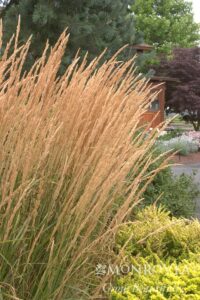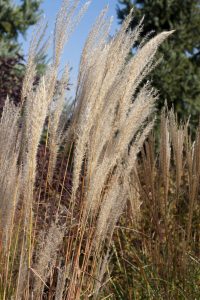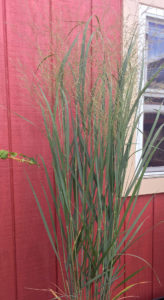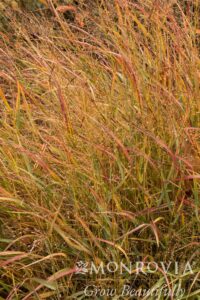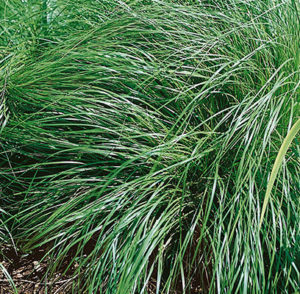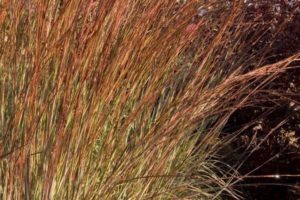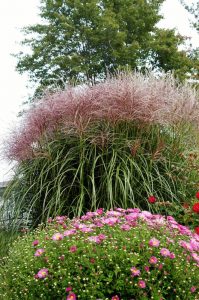Halloween has come and gone. The time for fall chores is full steam ahead. As you begin to knock out your to-do list, let Trees Today help you out.
We have tree wrap and guards in stock to protect your trees from deer and rabbits, and the minimize the potential of sun scald. We have several diameters of the guards available and the the wrap is 50′ x 3″.
We Carry Garden Straw, by Healthi Straw. A clean and natural product great for mulching on your plants for winter, top-dressing and planting your raised beds, pots, and even can work great for animal bedding.
If grass seed is still on your mind, we have La Crosse Seed turf mixes in stock for your dormant seeding needs. Of course you will need something to cover and protect your seed we got you covered. EZ Straw, is a clean, easy to apply material. Different from the Garden Straw, EZ Straw has a biodegradable tackifier to stay in place and keep seed from being disrupted by animals, wind, and heavy washout.
We still have rock, mulch, and poly edging along with all the accessories to complete your late season tasks. Last but not least, an assortment of trees, shrubs and perennials are still in stock to get in the ground before it freezes.
Stop in and let Trees Today make those last season chores a breeze.






